Senator Padilla and Western Senators Introduce Fix Our Forests Act to Reduce Wildfire Risk
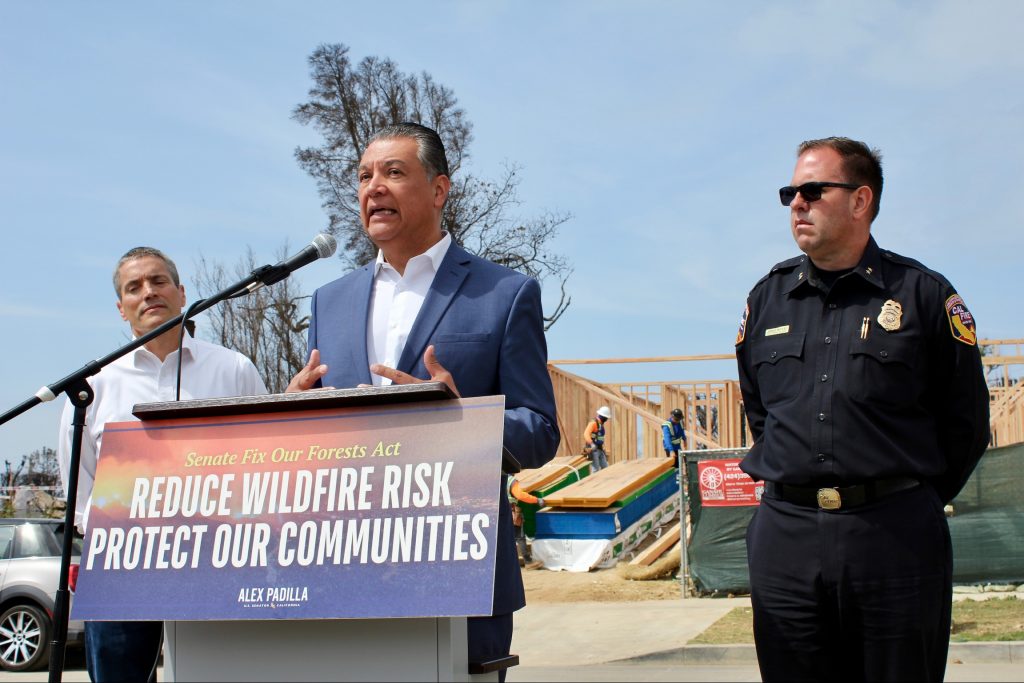
Senator Padilla and Western Senators Introduce Bipartisan Fix Our Forests Act to Reduce Wildfire Risk
April 11, 2025 – U.S. Senator Alex Padilla (D-Calif.), co-chair of the bipartisan Senate Wildfire Caucus and Senators John Curtis (R-Utah), John Hickenlooper (D-Colo.), and Tim Sheehy (R-Mont.) introduced the Fix Our Forests Act. This bipartisan legislation aims to combat catastrophic wildfires, restore forest ecosystems, and make federal forest management more efficient and responsive. The bill reflects months of bipartisan negotiations to find consensus on how to best accelerate and improve forest management practices, streamline environmental reviews, and strengthen partnerships between federal agencies, states, tribes, and private stakeholders. Key provisions specific to California include:
-
- Establishing a Wildfire Intelligence Center to serve as a national hub for wildfire intelligence, prediction, coordination, and response. This joint office would be comprised of the Departments of Agriculture, the Interior, and Commerce that is modeled after the National Weather Service. The center would modernize and unify wildfire management by leveraging real-time data, science, and interagency collaboration to better prepare for wildfires, assist with decision-support during a crisis, inform recovery, and streamline federal wildfire response.
-
- Establishing an interagency program to coordinate federal wildfire risk reduction efforts across 10 federal agencies through research, development of fire-resistant construction standards, hazard mitigation, and public-private partnerships. The program would provide a uniform application for multiple wildfire-related grants, streamline technical assistance, and mandate coordination with non-federal stakeholders.
-
- Increasing the use of prescribed fire on both federal and non-federal lands by prioritizing large, cross-boundary projects near wildland-urban interfaces, Tribal lands, high-risk fire zones, or critical habitats. It also strengthens the prescribed fire workforce by streamlining supervisory certification requirements and enhancing interoperability between federal and non-federal practitioners.
-
- Allowing electric utilities with permits or easements on National Forest System or BLM land to cut and remove vegetation near power lines without requiring a separate timber sale (if done in compliance with applicable plans and environmental laws). If the vegetation is sold, proceeds must be returned to the federal government.
-
- Streamlining land management projects by authorizing emergency authorities to increase the pace and scale of wildfire risk reduction projects on federal land. It includes appropriate guardrails to avoid abuse of these authorities and prohibits using emergency authorities for projects not aimed primarily at reducing wildfire risk or protecting communities. This would Increase the acreage limit of streamlined projects for wildfire resilience projects, fuel breaks, and insect and disease projects from 3,000 acres to 10,000 acres.
New Report On Effects of Forest Management on Carbon Storage
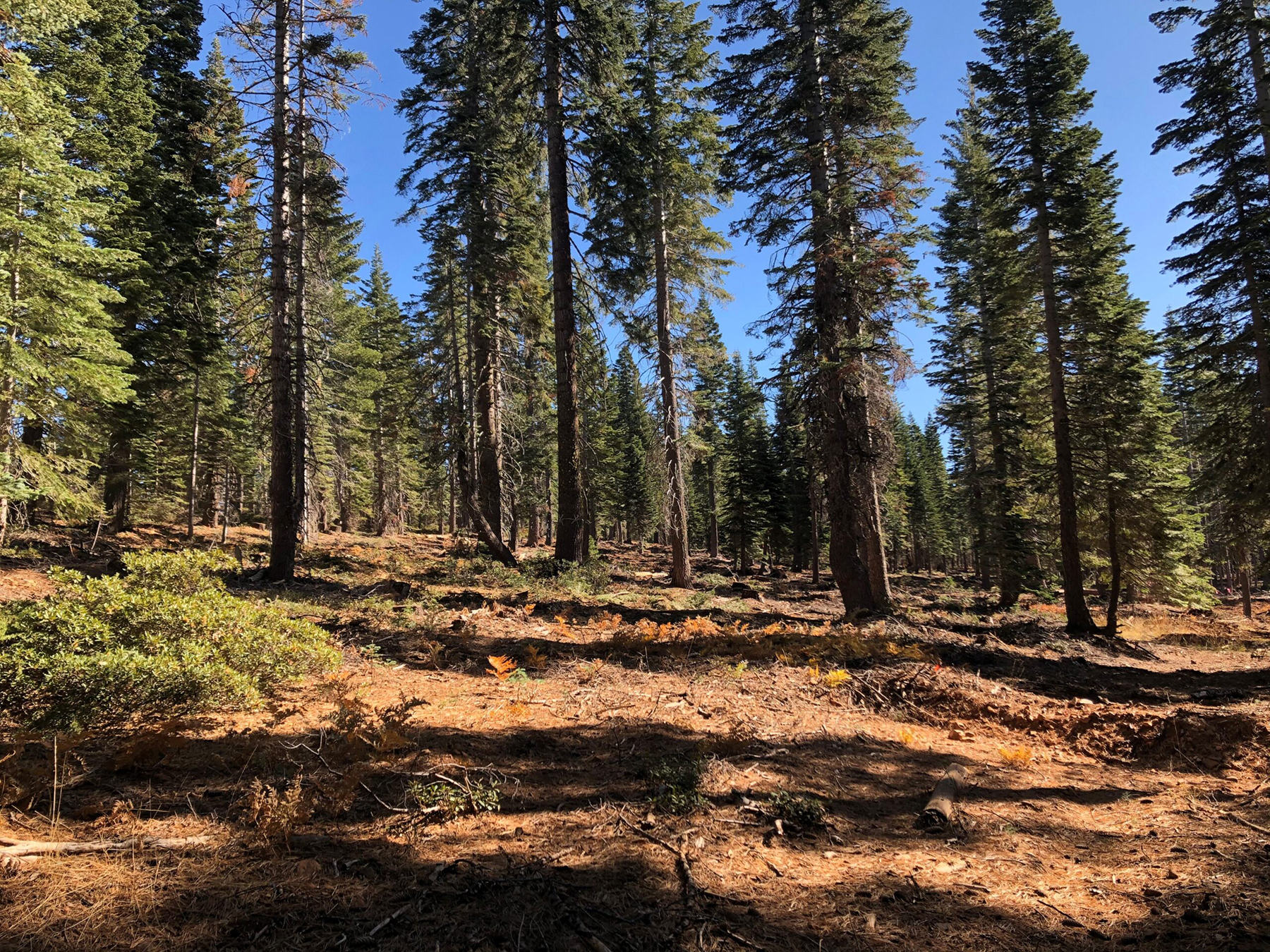
New Report on Effects of Forest Management on Carbon Storage in California
February 18, 2025 – American Forests, USFS, CAL FIRE, The Northern Institute of Applied Climate Science, and Michigan State University recently released a collaborative report on the effects of forest management and wood utilization on carbon sequestration and storage in California. The report provides comprehensive forest sector carbon modeling results, estimated treatment costs, wood product revenue, and wood processing capacity constraints for a broad range of forest management scenarios to help identify climate-smart forestry (CSF) practices. The modeling results provide information about forest climate mitigation and adaption opportunities that will be utilized to help inform the 2025 California Wildfire and Forest Resilience Task Force Action Plan
Notably, the report:
- Identifies 11 million acres in California as having high or very high wildfire hazard potential.
- Emphasizes the importance of wood utilization to improve carbon benefits.
- Predicts that under a business-as-usual scenario, California could lose up to up to 48% of forest area & 50% of forest carbon by 2071.
- Models scenarios that include a portfolio of actions that drastically reduce predicted losses to forest areas and forest carbon.
Task Force Releases 2025 Key Deliverables
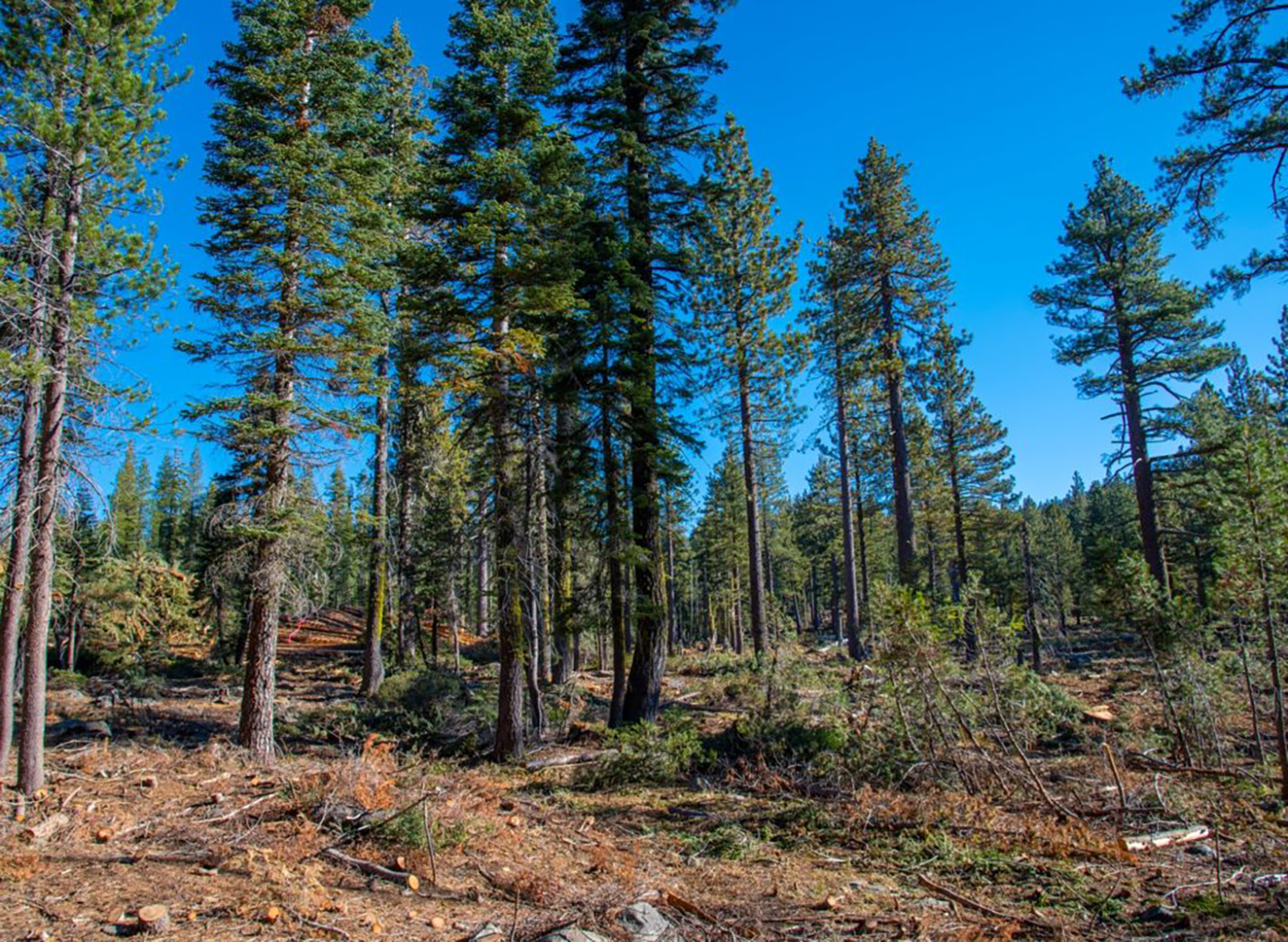
Task Force Releases 2025 Key Deliverables to Outline California’s Top Priorities Underway to Increase Wildfire Resilience
March 24, 2025 – The Task Force released its 2025 Key Deliverables, which include California’s top priorities and initiatives now underway to continue promoting wildfire and community resilience across the state.
The deliverables outline the highest priority actions underway this year to achieve the commitments in the 2021 Wildfire and Forest Resilience Action Plan and to advance key new initiatives that will be highlighted in the forthcoming update of the Action Plan to be released later this year.
The deliverables focus on actions that will improve home and community wildfire resilience, expand landscape-scale resilience programs, streamline regulatory processes, expand timber production and more.
Task Force Director Patrick Wright provided an overview of the 2025 Key Deliverables during the Director’s Report at the March 27 Spring Region Meeting. Click under Resources to the see the video.
USFS Partners with Sierra Pacific Industries to Reduce Wildfire Risk
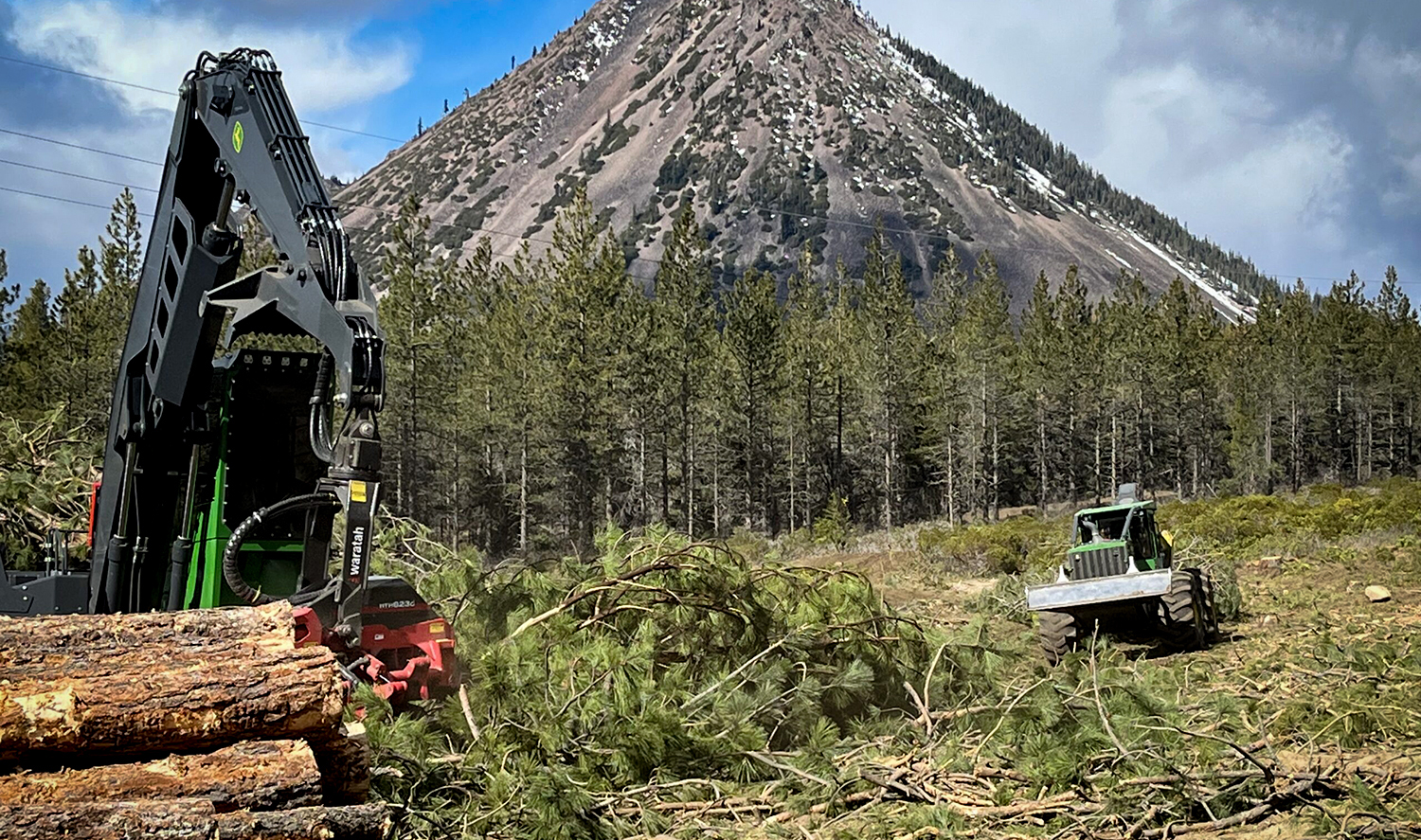
USFS Initiates New Public-Private Partnership with Sierra Pacific Industries to Reduce Wildfire Risk
February 26, 2025 – The US Forest Service announced a $75 million Stewardship Agreement with Sierra Pacific Industries for the construction and maintenance of strategically placed fuel breaks on national forests in California and Oregon. This investment significantly expands upon efforts to create a network of fuel breaks across private and federal land to protect communities, reduce wildfire risk, and promote rural prosperity. The agreement will initiate the process to develop, construct and maintain shaded fuel break projects over a three-year period in California, adding about 400 miles to the existing 2,200-mile network of interconnected fuel breaks across private and federal land. Fuel break project locations were selected in partnership with the Forest Service and CAL FIRE to protect lives, property, critical water infrastructure, and the environment.
President Trump Orders Immediate Expansion of American Timber Production
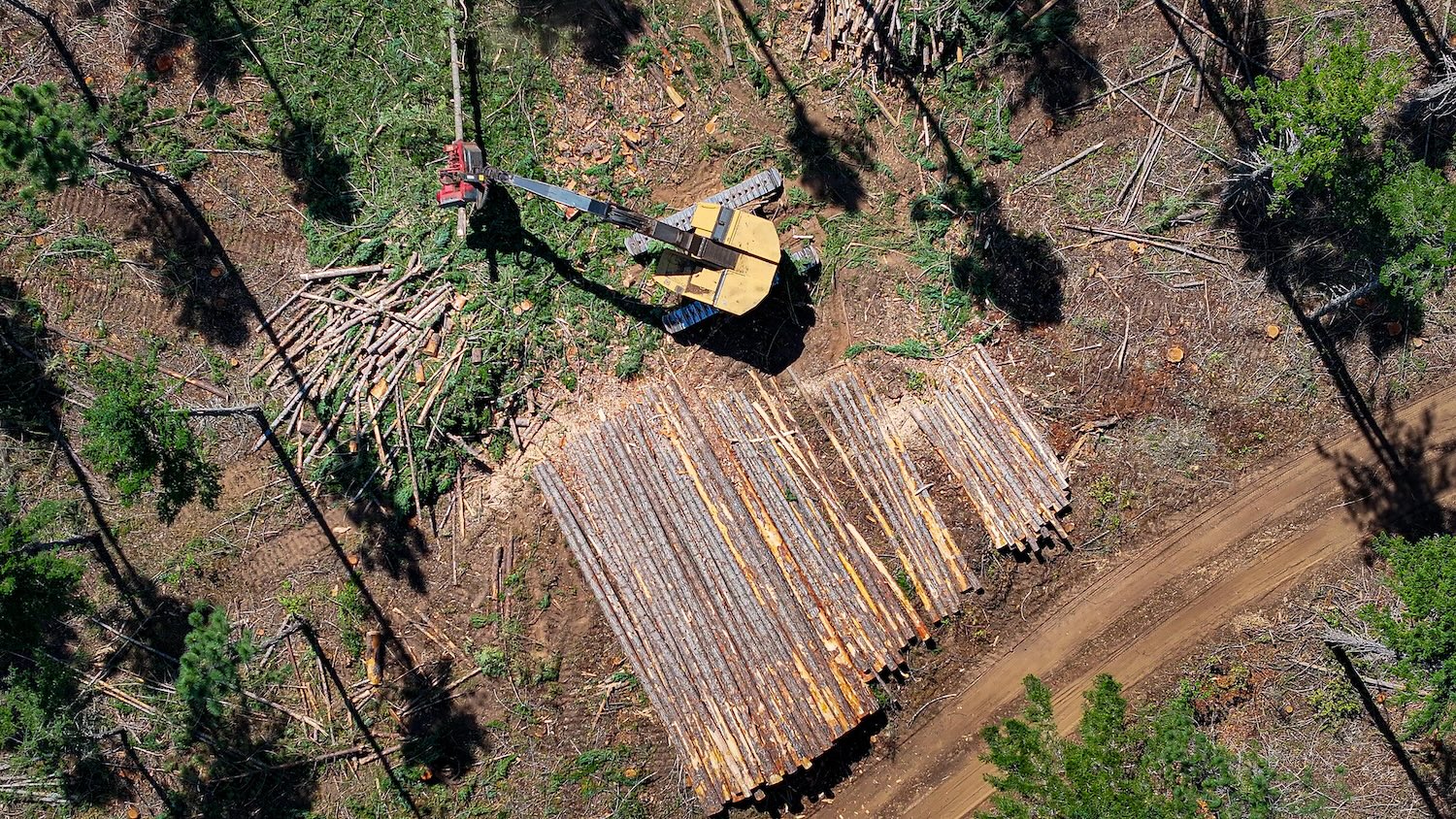
President Trump Orders Immediate Expansion of American Timber Production
March 1, 2025 – President Trump signed an executive order which aims to boost domestic timber production. The order directs the Secretary of the Interior and the Secretary of Agriculture to:
- Within 30 days, issue new or updated guidance regarding tools to increase timber production, reduce time to deliver timber, and decrease timber supply uncertainty;
- Within 60 days, complete a strategy on USFS and BLM forest management projects to increase speed of approving forestry projects under section 7 of the Endangered Species Act (ESA);
- Within 90 days, set a target for the annual amount of timber per year to be offered for sale over the next 4 years;
- Within 120 days, complete the Whitebark Pine Rangewide Programmatic Consultation under section 7 of the ESA;
- Within 180 days, consider adopting categorical exclusions administratively established by other agencies to comply with the National Environmental Policy Act for timber production, forest management, and wildfire risk reduction treatments; and
- Within 280 days, consider establishing a new categorical exclusion for timber thinning and re-establish a categorical exclusion for timber salvage activities.
The order also directs all relevant agencies to eliminate all undue delays within their respective permitting processes related to timber production and use ESA regulations on consultations in emergencies to facilitate timber production. Lastly, the order directs the federal members of the Endangered Species Committee to submit a report that identifies obstacles to domestic timber production related to the ESA.
Additionally, on March 12, 2025, the U.S. EPA announced 31 actions aimed toward environmental deregulation, including reconsideration of exceptional events rulemaking to work with states to prioritize the allowance of prescribed fires within State and Tribal Implementation Plans.
Senator Padilla Introduces Three Bipartisan Bills to Bolster Fire Resilience and Proactive Mitigation Efforts
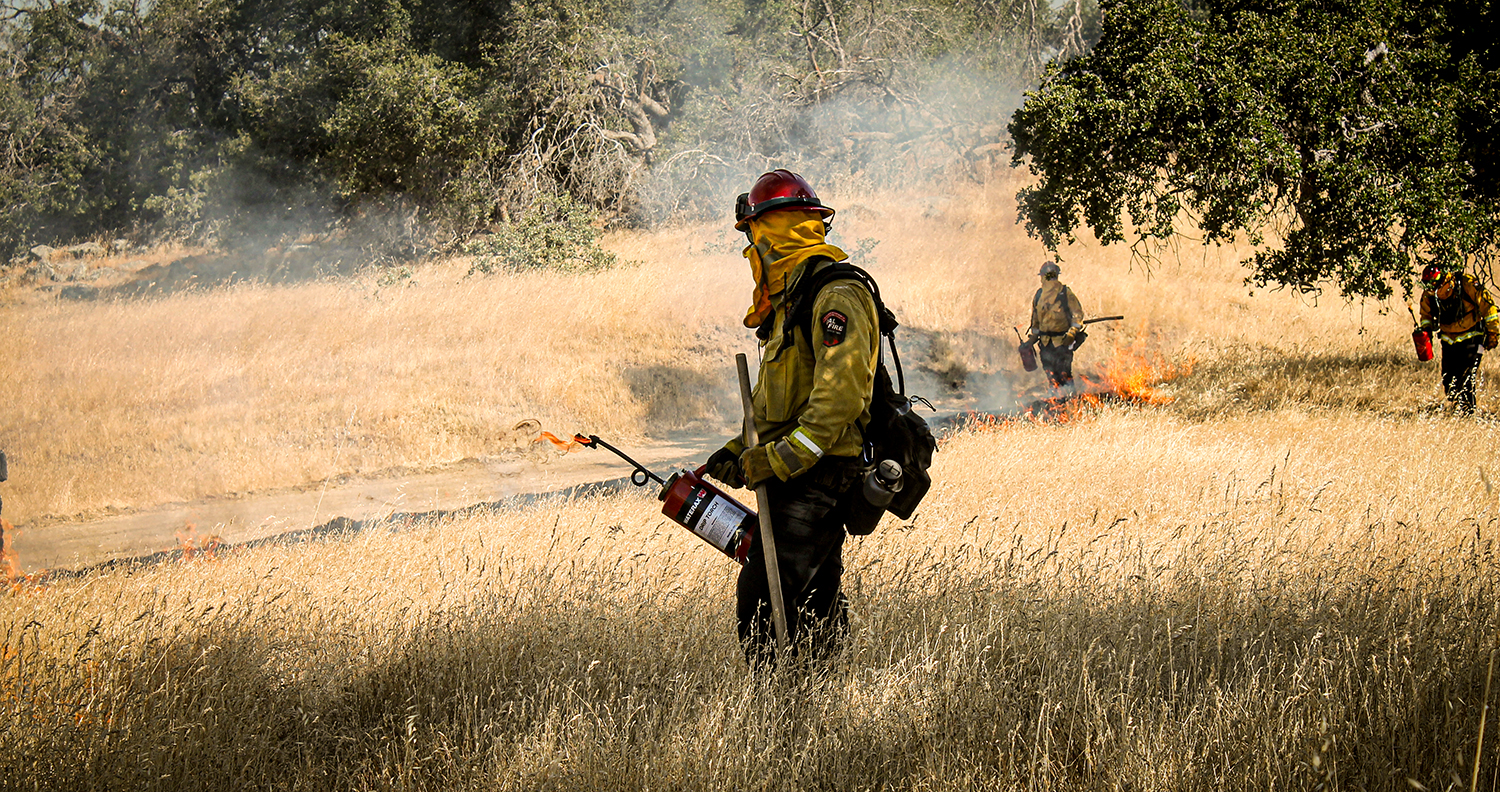
Senator Padilla Introduces Three Bipartisan Bills to Bolster Fire Resilience and Proactive Mitigation Efforts
On February 3, U.S. Senator Alex Padilla (D-Calif.) introduced a package of three bipartisan bills to bolster fire resilience and proactive mitigation efforts. The package includes:
• Wildfire Emergency Act— Would reduce the threat of destructive wildfires through forest restoration, firefighter training, energy resilience retrofits, and wildfire-hardening home modifications in low-income communities. Specifically, the legislation would:
-
-
- provide the U.S. Forest Service (USFS) with a pilot authority to leverage private financing to increase the pace and scale of forest restoration projects;
- authorize funding for programs to expand the forest conservation and wildland firefighting workforce;
- establish an energy resilience program at the U.S. Department of Energy (DOE) to ensure that critical facilities remain active during wildfire disruptions, authorizing up to $100 million for necessary retrofits;
- expand an existing DOE weatherization grant program to provide up to $13,000 to low-income households to make wildfire-hardening retrofits;
- expedite the placement of wildfire detection equipment on the ground, such as sensors or cameras, as well as the use of space-based observation;
- establish a prescribed fire-training center in the West and authorize grants to support training the next generation of foresters and firefighters; and
- authorize up to $50 million to support community grants of up to $50,000 for locally focused land stewardship and conservation.
-
• Fire-Safe Electrical Corridors Act— Would allow the USFS to approve the removal of hazardous trees near power lines on federal lands without requiring a timber sale, thereby easing the removal of hazardous trees, and reducing the risk of catastrophic wildfire. This would allow the USFS to provide standing permission for electrical utilities to cut and remove hazardous trees near power lines within existing rights-of-way without requiring a timber sale. Utilities would be required to return any proceeds to the USFS.
• Disaster Mitigation and Tax Parity Act— Would further incentivize homeowners to proactively protect their homes from disasters by providing a tax exemption on payments from state-based programs. Specifically, the bill excludes qualified catastrophe mitigation payments made under a state-based catastrophe loss mitigation program from gross income calculations.
USDA California Climate Hub Provides Forestry Resource Repository for Land Managers
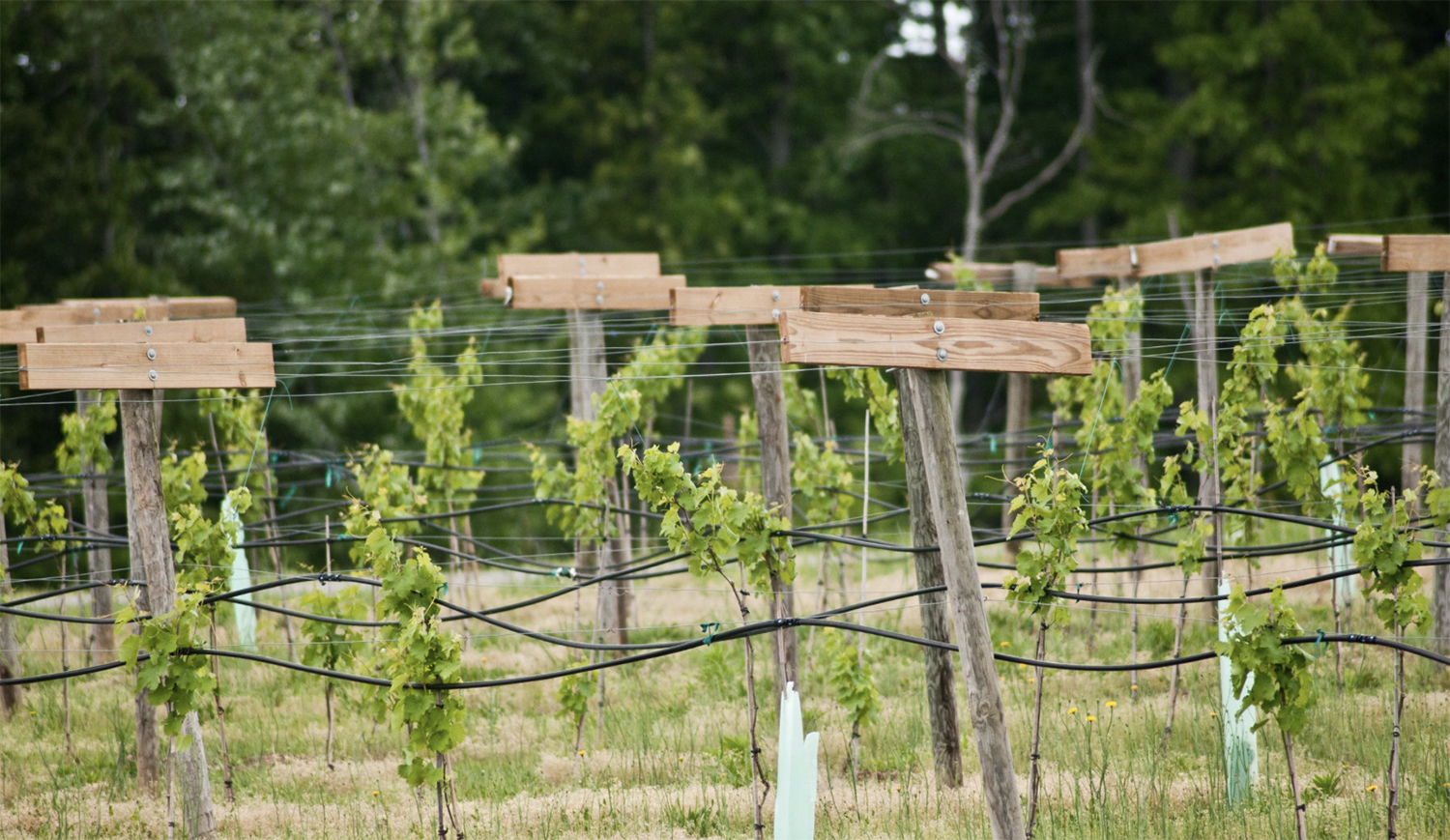
New Website Provides Forestry Resource Repository for Land Managers
January 8, 2025 – The USDA California Climate Hub released a new webpage that compiles datasets and decision-support tools to help land managers and natural resource professionals with assessing the conditions of a landscape for project planning. The list is not exhaustive of all resources but focuses on data and tools available to the public, with an emphasis on resources available within the state of California. The repository also contains a series of factsheets, produced by the USDA California Climate Hub, that offer a succinct overview of the California Wildfire and Forest Resilience Task Force’s Regional Resource Kits and its constituent products.
Survey Open to Collect Input from Landowners on Prescribed Burning
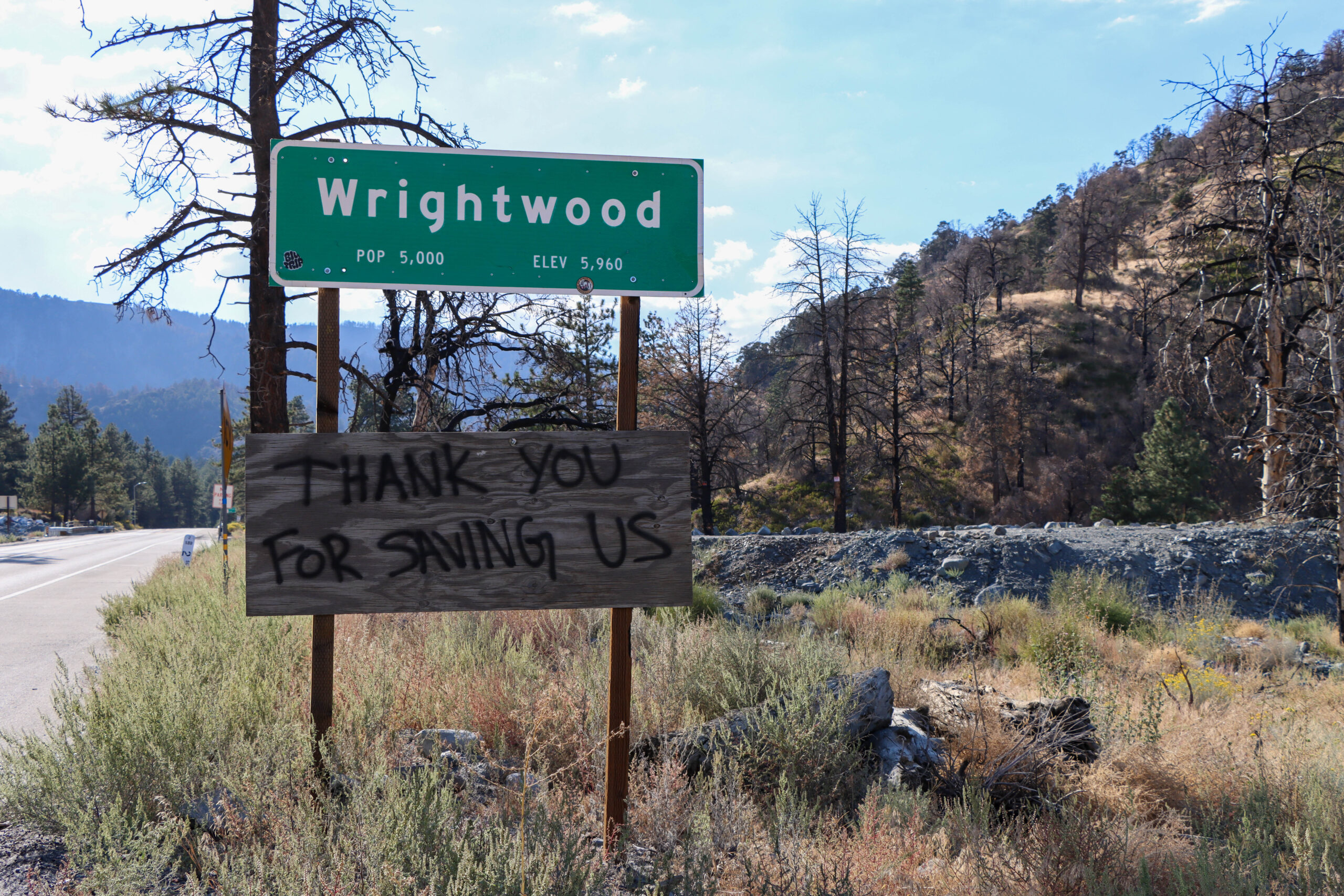
Survey Open to Collect Input from Landowners on Prescribed Burning
In collaboration with the University of California Cooperative Extension, Pennsylvania State University is conducting a survey to better understand private landowner perspectives and potential intentions to use planned burning in California. The objectives of this project are to:
•Evaluate private forest landowners’ attitudes towards prescribed fire in California.
•Identify barriers and opportunities for prescribed fire adoption in the state.
•Develop tailored support strategies for California landowners.
•Assess the influence of policy and environmental factors on prescribed fire use in California.
See Highlights From a Busy Year for the Task Force
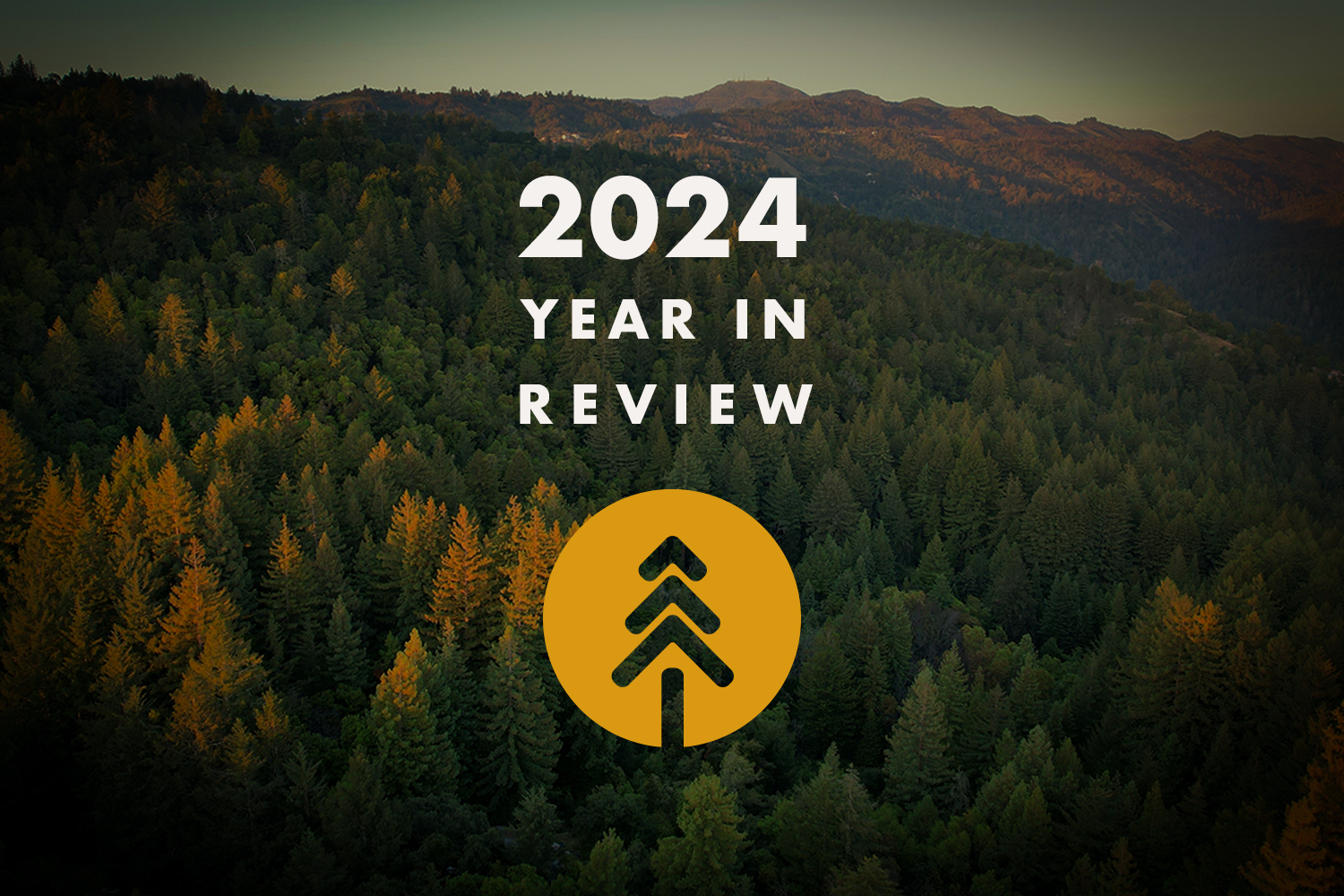
ADVANCEMENTS IN MEASURING PROGRESS
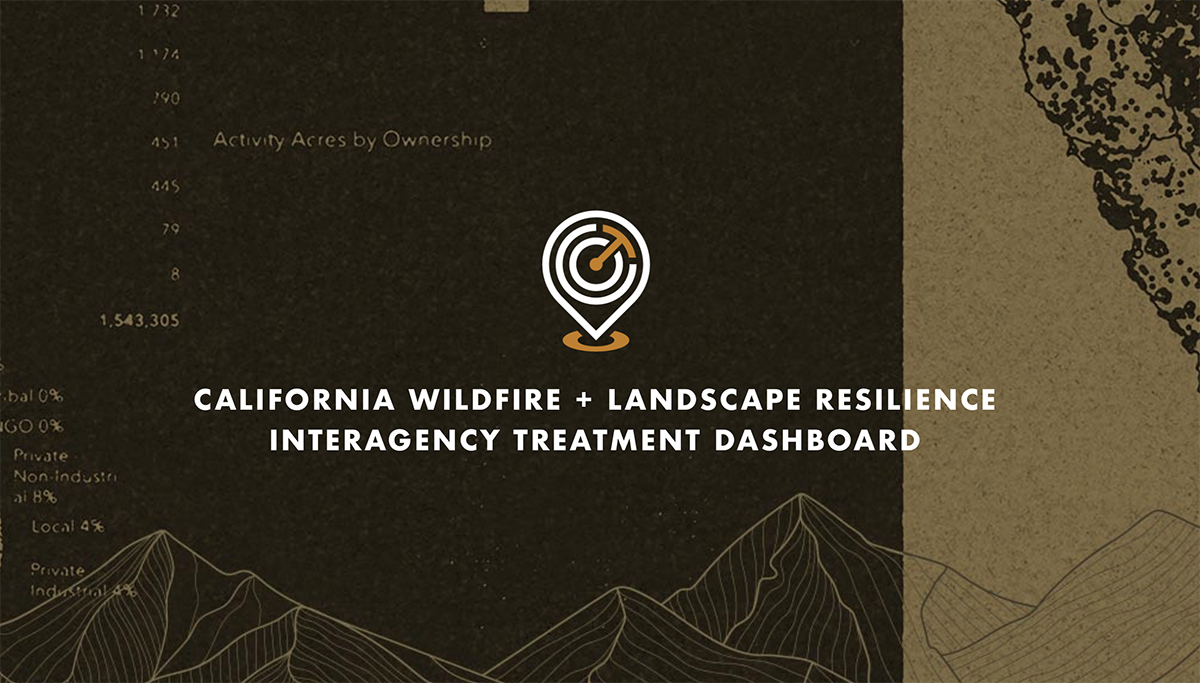
Interagency Treatment Dashboard Shows Progress Toward Resilience
The updated Dashboard shows three years of data with treatments on 700,000 acres in 2023 and prescribed fire acres more than doubling between 2021 and 2023.
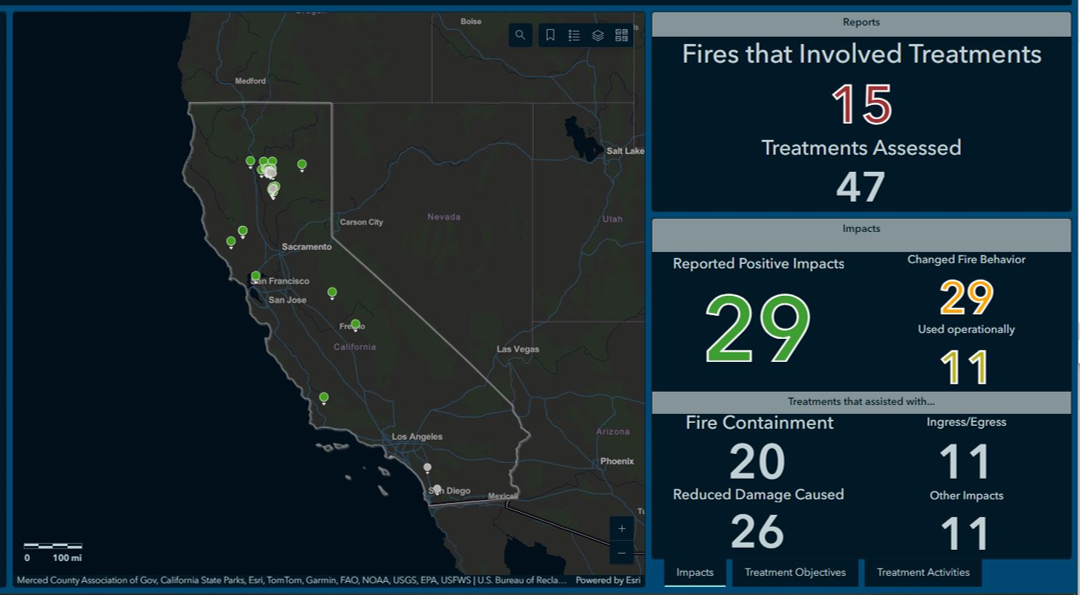
New CAL FIRE Dashboard Shows Effectiveness of Fuels Treatments
The dashboard shows on-the-ground projects protecting communities and landscapes from recent wildfires.
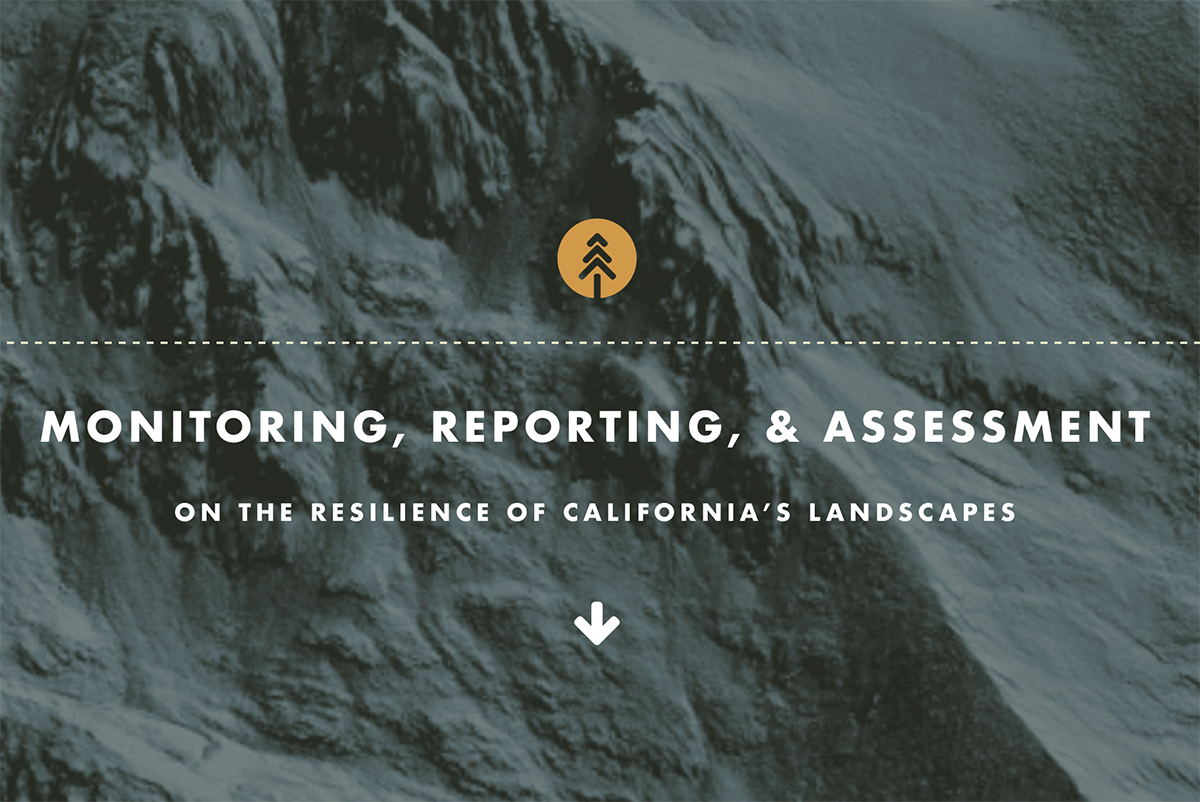
New Webpage Brings Together California’s Wildfire and Landscape Resilience Monitoring and Assessment Programs
Centralized resource provides detailed information on California’s various monitoring and assessment programs to understand the complementary relationship between these efforts.
ABOUT THE TASK FORCE
The California Wildfire & Forest Resilience Task Force was created by the Office of Governor Gavin Newsom to directly confront the near perfect storm of climatic and human-caused conditions that have brought the threat of devastating wildfire and its far-reaching effects to the doorstep of nearly everyone in our state, and beyond.
The Task Force is a collaborative effort to align the activities of federal, state, local, public, private, and tribal organizations to support programs and projects tailored to the priorities and risks of each region and bring the best available science to forest management and community protection efforts.
The critical work of the Task Force effects all Californians, and Task Force meetings offer an ideal opportunity for members of the press to hear directly from those involved in the comprehensive, coordinated efforts to reduce the risk of catastrophic wildfires and create safe communities while ensuring healthier, more sustainable natural environments.
MORE 2024 HIGHLIGHTS
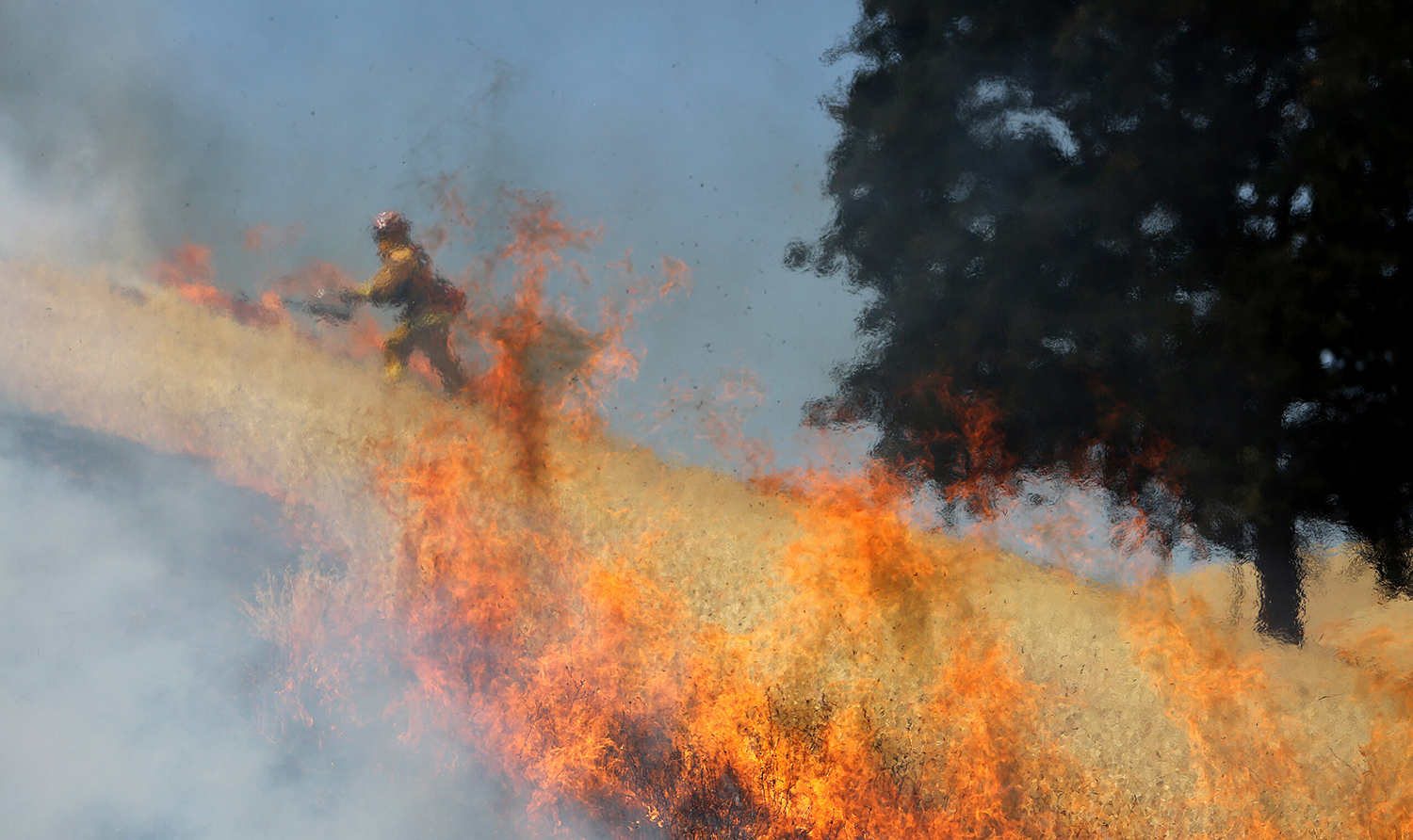
California Passes Proposition 4 – Providing $1.5 Billion for Wildfire Resilience
The approval of Prop 4 is a major advancement for California to reach goals set in the Wildfire and Forest Resilience Action Plan.

U.S. Forest Service Completes Record Setting Year for Prescribed Fire
The U.S. Forest Service successfully treated over 72,000 acres with prescribed fire in California during the 2024 fiscal year.

Leading Researchers Share Science Synthesis to Drive California’s Actions to Improve Wildfire Resilience
At the December 13 meeting in Sacramento, a panel of scientists presented new findings to guide California’s efforts to respond to increasing wildfire risks in a changing climate.

Regional Meetings in San Diego and Lake Tahoe
Two regional meeting were held in 2024, along with two more in Sacramento. Hundreds of people came away from the meetings having learned new information, and having made new connections, and inspired to make positive change.
Join Us at our Upcoming Meetings
• March 27 & 28: Marin County
• June 6: Sacramento
• September 4 & 5: TBD
• December 12: Sacramento
SPREAD THE WORD IN 2025
Promote the Task Force in Your Communications
Task Force communications provides an important source of vital information that covers the combined effort of all organizations involved in landscape resilience and the prevention of wildfires in California. Please follow and share Task Force communications when you can.
Share the Task Force E-Newsletter
Do you know someone who will appreciate getting the latest progress from the Task Force? Click below to help others stay in the know.
U.S. Forest Service Thinning Projects Protect Southern California Communities

U.S. Forest Service Thinning Projects Protect Southern California Communities
November 13, 2024 – Two of this year’s larger fires in Southern California, the Line Fire and the Bridge Fire, demonstrated how fuels treatments protect communities and natural landscapes. The Line Fire was fueled by high winds and steep terrain and quickly spread toward the community of Angelus Oaks. Luckily for firefighters defending Angelus Oaks, previous wildfire mitigation work in San Bernardino National Forest, including prescribed fire and mechanical thinning, enabled firefighters to suppress the wildfire before it was able to burn through Angelus Oaks.
A few days later, the Bridge Fire was heading toward the community of Wrightwood but first hit Forest Service fuel breaks, where trees had been thinned out five years prior. When the fire reached the fuel breaks, fire behavior altered, slowed, and allowed firefighters to contain the blazes before the fire could reach the 5,000 residents of Wrightwood. These success stories on the importance of preventive treatments build on effectiveness reporting by CAL FIRE and other Task Force partners that are doing the proactive work to protect landscapes and communities before wildfire strikes.
